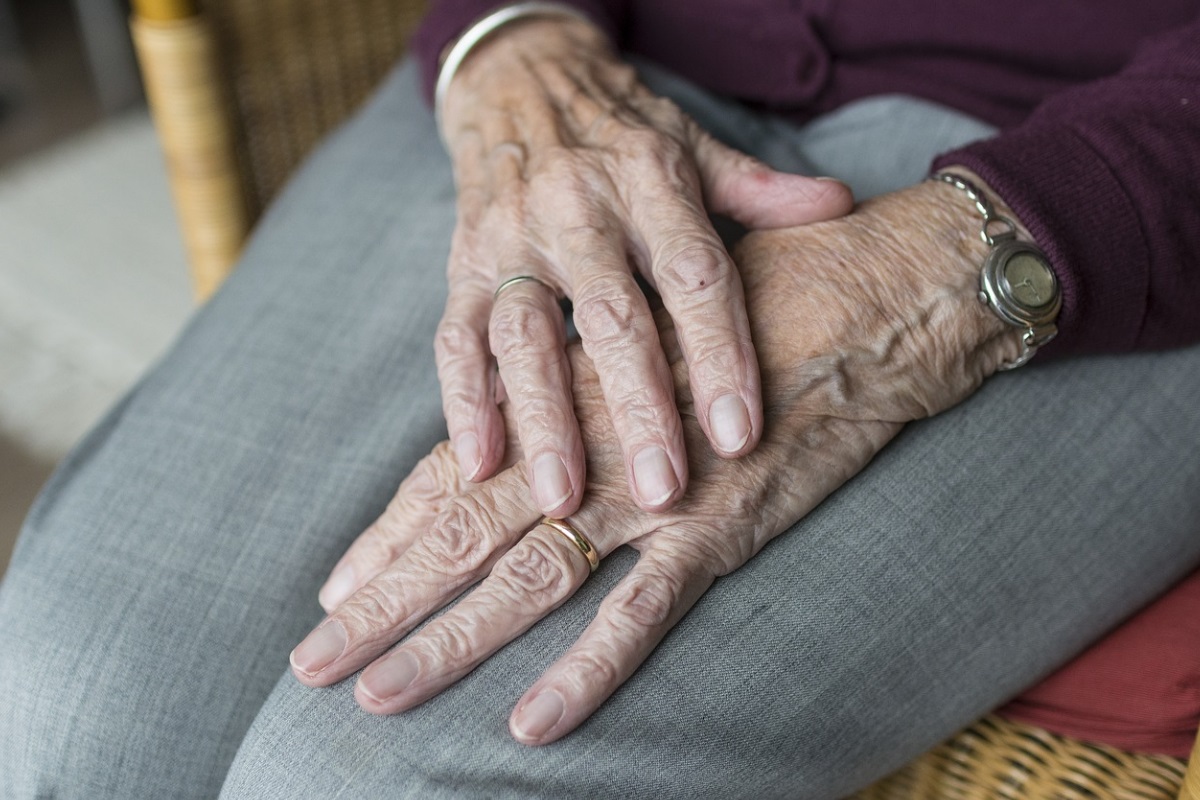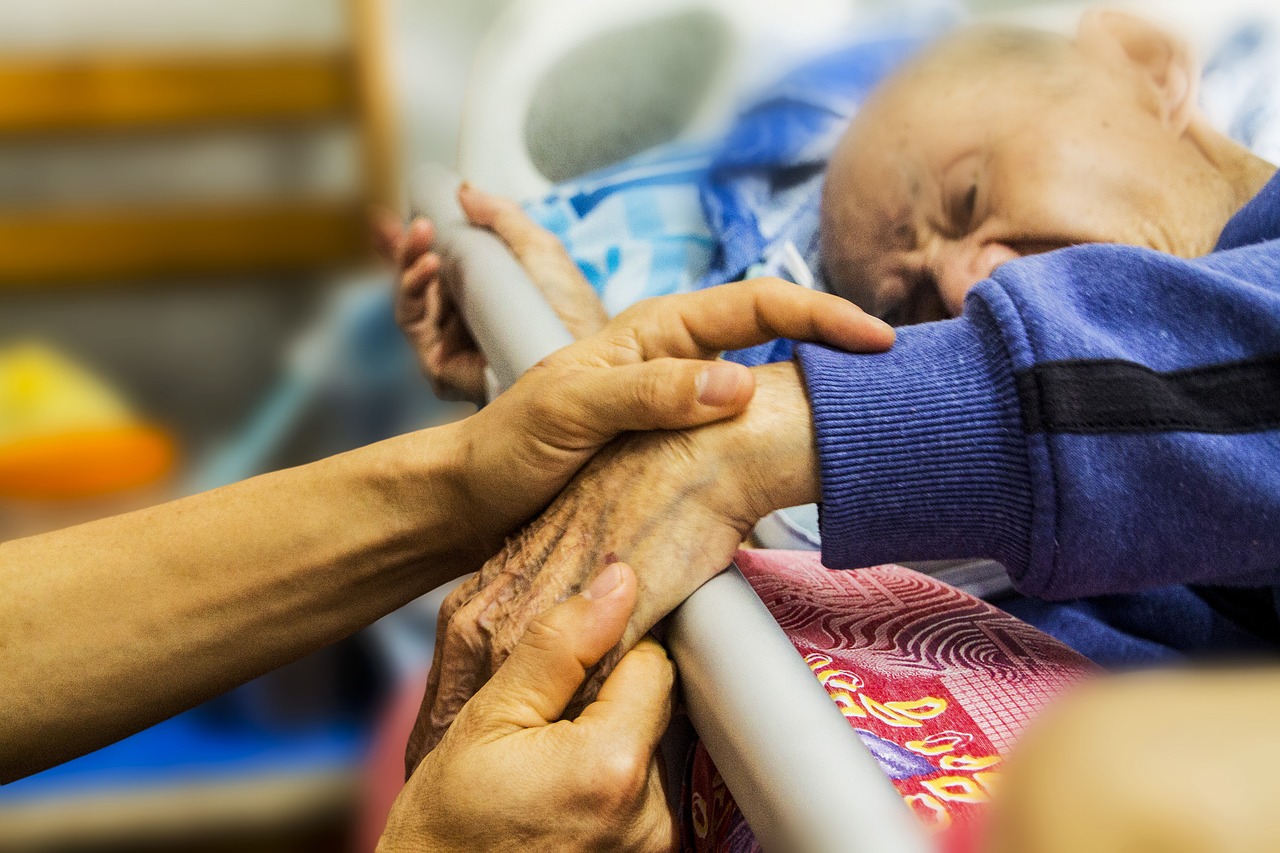Managing Pruritus or Itchy Skin at End of Life

Pruritus – or itchy skin – can be an annoying condition for a healthy individual, but pruritus at end of life can have a powerfully negative effect on a patient’s quality of life. In addition to the physical discomfort, patients may experience sleep disruption, anxiety, and depression due to the frustration of not being able to calm their pruritus.
What causes pruritus at end of life?
While environmental factors as small as a scratchy sweater can cause pruritus, at end of life, there is typically a more systemic cause for the condition as toxins build up in the body. Systemic diseases that can cause pruritus at end of life include:
- Anemia
- Cholestasis
- Chronic kidney disease
- Cirrhosis
- Diabetes
- Hepatitis
- Hepatoma
- Leukemia
- Lymphoma
- Multiple myeloma
- Paraneoplastic syndrome
- Polycythemia
- Thyroid disease
How to Treat Pruritus at End of Life
Whenever possible, treatment for the underlying causes of itchy skin should be administered. Moisturizing lotions applied to the skin and added to bath water can be helpful. Bathing should be reduced and tepid water with mild, unscented soap should be used to avoid further irritation.
Medications including antihistamines can also help to control pruritus at end of life. The hospice care team can assess the best care plan for the individual’s specific medical needs.
Patients should wear loose, non-irritating clothing in a cool, humidified environment. Skin should be dried by patting instead of rubbing. Patients should also avoid any lanolin or perfumed products.
Crossroads Hospice & Palliative Care provides support to patients experiencing pruritus and other end-of-life symptoms. For more information on how we can help, please call 1-888-564-3405.
If you found this information helpful, please share it with your network and community.
Copyright © 2018 Crossroads Hospice & Palliative Care. All rights reserved.




